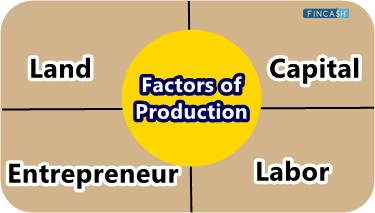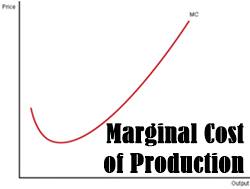Labor Productivity
What is Labor Productivity?
Labor productivity helps in measuring the hourly yield of the Economy of a country. Precisely, it assists in charting the amount of correct Gross Domestic Product (GDP) produced by the labor’s hour.

Labor growth productivity is based on three major factors, including human Capital, new technology and investment as well as saving in physical capital.
Calculating Labor Productivity
As far as calculating the labor productivity of a country is concerned, the total output will have to be divided by the total labor hours. For instance, imagine an economy’s real GDP is Rs. 10 trillion and the aggregate labor hours in the country is 300 billion. Now, labor productivity will be:
Rs. 10 trillion / 300 billion = Rs. 33 per labor hour.
If, for the same economy, the real GDP increases to Rs. 20 trillion the following year, the labor hours have increased to 350 billion, the growth of the economy in terms of labor productivity will be 72%. The growth number can be derived by dividing the new GDP of Rs. 57 by the previous GDP of Rs. 33. Also, the labor productivity growth can often be interpreted as enhanced living standards in the country, supposing it is equal to the total Income share of the labor.
Talk to our investment specialist
Importance of Evaluating Labor Productivity
Labor productivity has direct links to improved living standards in the form of increased consumption. As the labor productivity of an economy grows, it manufactures more products and services for the same amount of work.
This increased output leads to more consumption of products and services for a progressively reasonable price. Growth in labor productivity is also attributable to fluctuations in human capital, new technology and physical capital.
In case labor productivity is on the rise, it can usually be traced to the growth in any of these areas. Physical capitals include equipment, tools, and such facilities that workers have to manufactured products.
New technologies are methods to combine several inputs to produce more outputs, like automation or assembly lines. And then, human capital signifies an increase in workforce specialisation and education.
In case the output is increasing and the labor hours are static, it represents that the labor force is more productive. Along with these three major factors, the same situation can also be experienced during the time of economic recessions.
All efforts have been made to ensure the information provided here is accurate. However, no guarantees are made regarding correctness of data. Please verify with scheme information document before making any investment.












